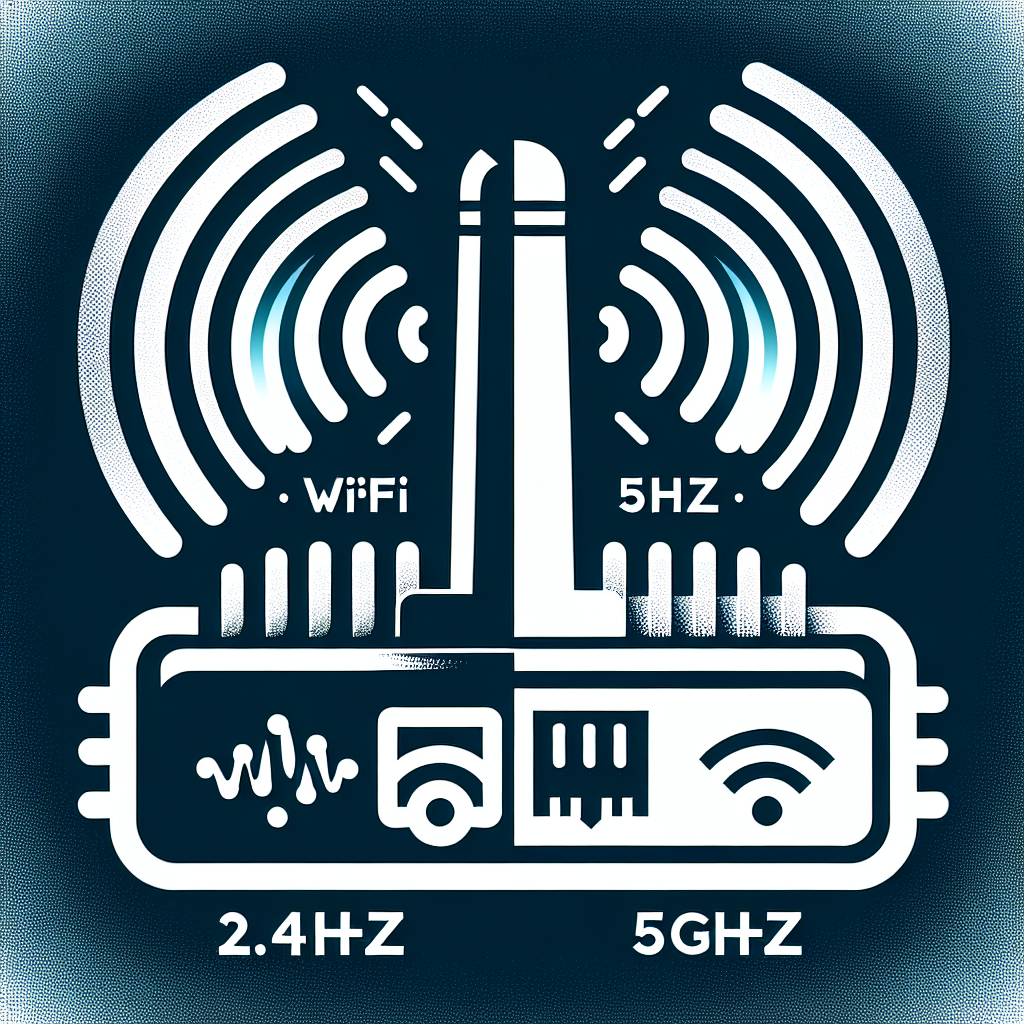WiFi technology has drastically transformed how we access the internet, making wireless connectivity an essential feature in homes and offices. One crucial component in this setup is the WiFi adapter, a device that allows computers and other devices to connect to wireless networks. A common query among users is whether a WiFi adapter can connect to both 2.4GHz and 5GHz networks. The answer lies in understanding dual-band WiFi technology, adapter specifications, and compatibility requirements.
Understanding WiFi Bands
WiFi networks operate on different frequency bands, primarily 2.4GHz and 5GHz. Each band has its own characteristics, advantages, and disadvantages.
| Band | Frequency | Range | Speed | Interference |
|---|---|---|---|---|
| 2.4GHz | 2.4 to 2.4835 GHz | Longer Range | Lower Speed | More Interference |
| 5GHz | 5.15 to 5.875 GHz | Shorter Range | Higher Speed | Less Interference |
2.4GHz Band
The 2.4GHz band is widely used and offers longer range but lower speeds. It is more susceptible to interference from other devices, such as microwaves and Bluetooth devices.
5GHz Band
The 5GHz band provides higher speeds but covers a shorter range. It experiences less interference and is ideal for activities requiring higher bandwidth, such as online gaming and streaming.
Dual-Band WiFi Adapters
To connect to both 2.4GHz and 5GHz networks, a WiFi adapter must support dual-band functionality. Dual-band adapters can transmit and receive on both frequency bands, offering flexibility and better performance.
Benefits of Dual-Band Adapters
- Increased Performance: Dual-band adapters can switch between bands to optimize speed and range.
- Reduced Interference: Access to two bands helps minimize interference, improving reliability.
- Future-Proofing: Supporting both bands ensures compatibility with various routers and devices.
How to Check WiFi Adapter Specifications
Before purchasing a WiFi adapter, check the specifications to ensure it supports dual-band (both 2.4GHz and 5GHz). This information is typically available on the product packaging or the manufacturer’s website.
Key Specifications to Look For
- Dual-Band Support: Confirm the adapter supports both 2.4GHz and 5GHz frequencies.
- 802.11ac or 802.11ax Standards: These newer WiFi standards support dual-band operation.
- Data Transfer Rate: Higher rates indicate better performance, particularly for 5GHz connections.
Setting Up a Dual-Band WiFi Adapter
Setting up a dual-band WiFi adapter involves installing the hardware and configuring the software. Follow these steps:
Step 1: Install the Adapter
Insert the WiFi adapter into an available USB port on your computer or device. Some adapters may require installation in a PCIe slot (for desktop computers).
Step 2: Install Drivers
Install the necessary drivers provided by the manufacturer. This ensures the adapter functions correctly and can utilize both frequency bands.
Step 3: Connect to a Network
Open your device’s network settings and search for available WiFi networks. Select either the 2.4GHz or 5GHz network provided by your router.
Step 4: Optimize Connection
Adjust settings to optimize the connection, such as prioritizing the 5GHz band for high-speed tasks and using the 2.4GHz band for broader coverage.
Conclusion
In conclusion, a WiFi adapter can indeed connect to both 2.4GHz and 5GHz networks, provided it supports dual-band functionality. Understanding the benefits of dual-band adapters and checking technical specifications ensures you choose the right adapter for your needs. By following the setup steps, you can enjoy the flexibility and improved performance offered by dual-band WiFi adapters.

